Enhancing Youth Rehabilitation: Insights from Expert Webinars
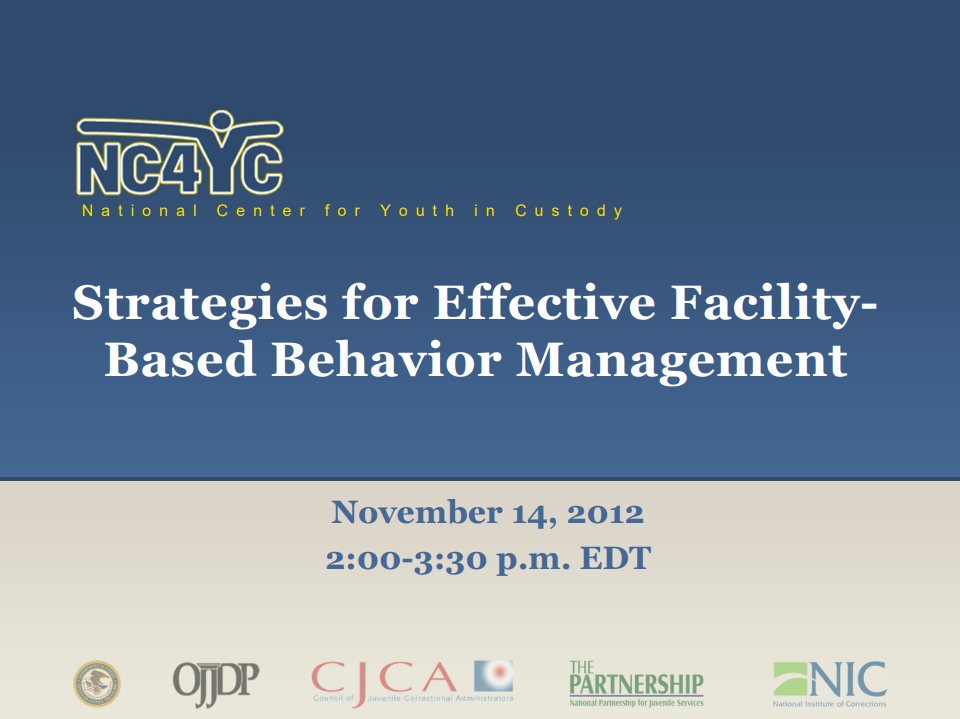
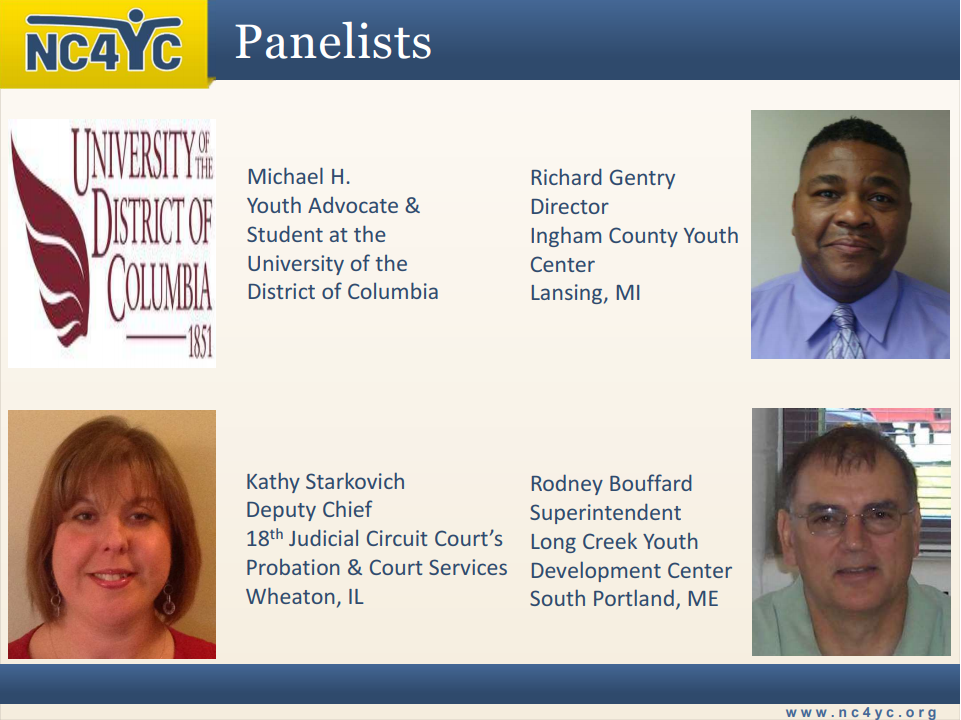
Insights from MBA Dispatch: A Beacon for Leadership and Innovation in Juvenile Justice

Exploring Paths to Positive Change: Video Insights on Juvenile Justice and Empowerment
Collaborative Partnerships: A Showcase of Initiatives and Resources in Juvenile Justice Reform




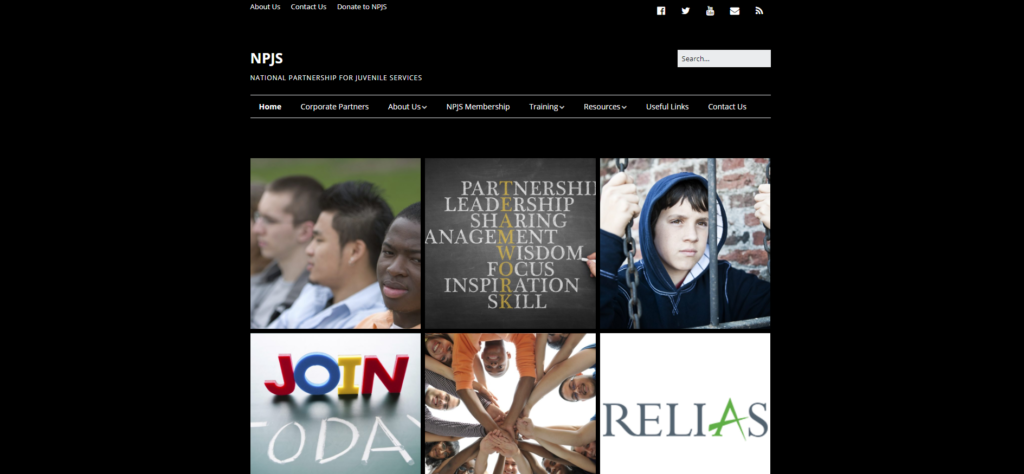
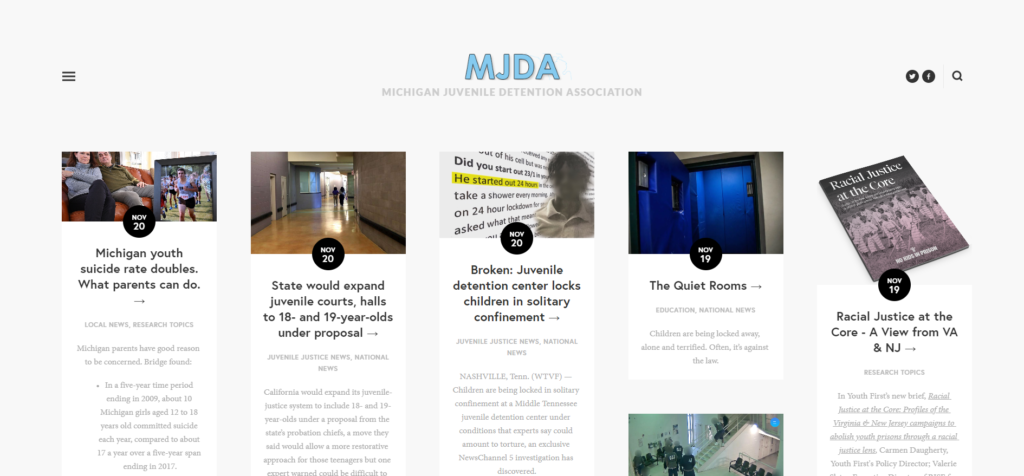
Groundbreaking Approaches in Reform: Richard Gentry’s Contributions to Juvenile Detention Transformation
By David W. Roush, PhD

CBT 1.8: Ingham County Youth Center (2005 to present)
“The Ingham County (Lansing, MI) Youth Center, a 24-bed juvenile court-ordered pretrial detention center, implemented a CBT program in 2005 using the DuPage model and materials from Berrien County. Under the leadership of Richard Gentry, Ingham County is an innovator currently integrating materials from CBT 2.0., even before the Crime Lab has formalized a training lesson plan and an implementation strategy.
Ingham also emphasizes behavioral strategies through Social Learning Theory concepts, i.e., staff modeling, observational learning, (direct and indirect modeling), and an understanding of how the social environment influences behavior. One priority is a positive, caring social environment built on strong, healthy relationships. Ingham uses 50 social skills from Goldstein’s Prepare Curriculum (Goldstein, 1988).
Staff were trained on leading social skills groups with role-playing as a central part of the groups and recently added a continuous quality improvement (fidelity) component. Currently, Ingham is building a strong trauma-sensitive environment, using “Flipping the Switch” concepts to curb automatic thinking and negative emotions by strengthening a “cool” living environment.
Environmental actions include the implementation of mindfulness, meditation, and yoga activities, therapy dogs, weighted blankets, the use of sensory objects, aroma therapy, and essential oils.”
(Appendix C pg. 532)
Spotlight on Change: Juvenile Justice Reimagined
By Christina Reardon, MSW, LSW
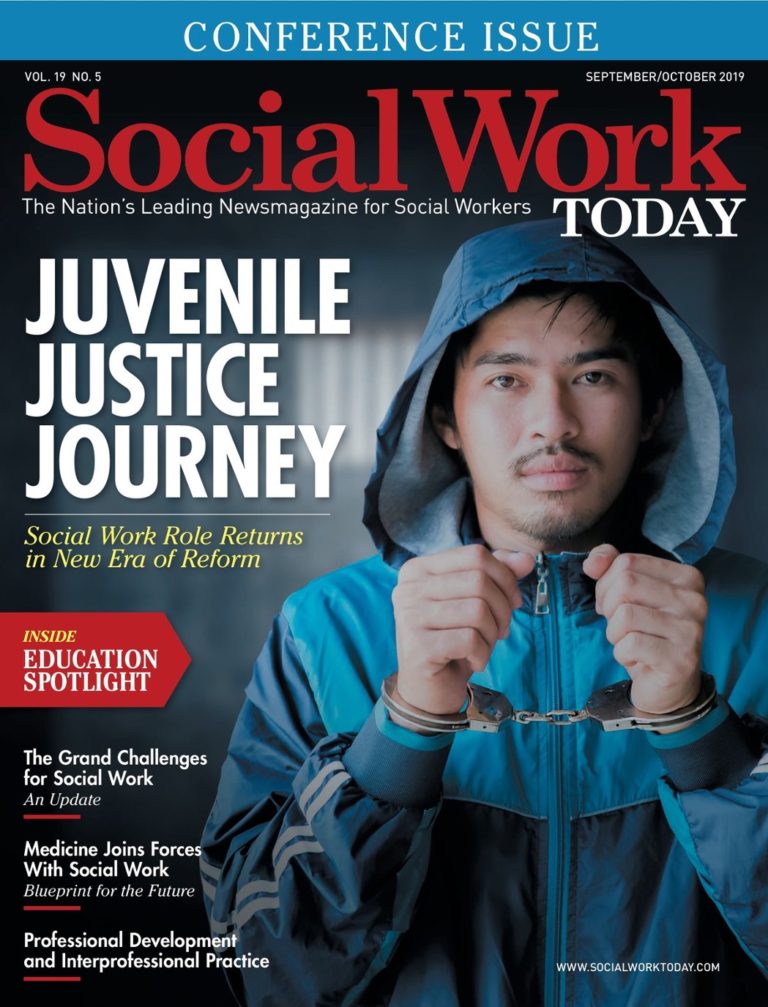
DETENTION CENTERS PURSUE CHANGE IN ERA OF REFORM
“Perhaps no entities in the juvenile justice system have come under more criticism than juvenile detention centers. Reports abound of overcrowding, understaffing, reliance on restraints and isolation to control behavior, youth suffering abuse, and lawsuits over mistreatment.
Despite efforts to reduce the use of detention centers, they remain a part of the juvenile justice landscape, holding more than 18,000 youth a day (Prison Policy Initiative, 2018). And some centers, recognizing the need for reform, have enacted sweeping reforms in an attempt to change their cultures.
One such center is the Ingham County Youth Center in Lansing, MI. Once run using an adult corrections model, the center began to move toward a treatment-based model in the mid-2000s as it shifted to an approach centered on cognitive behavioral interventions, social learning theory, and positive youth development. The center worked to create a trauma-sensitive environment for youth that includes mindfulness activities, meditation exercises, yoga, and aromatherapy, and it also offers gardening, art, and therapy dog programs.
Richard Gentry, director of the Ingham County Youth Center, acknowledges that it was difficult to make the changes, as staff wondered whether a new approach would work or would give too much power to youth. But the center recognized that changes were needed to best serve youth. “We know that [adult, punitive] approaches are not healthy, and they’re not effective in working with juveniles,” Gentry says.
A similar evolution occurred at the Florida Parishes Juvenile Detention Center in Covington, LA. Among the changes at the center were the implementation of a mediation team where youth work with staff to process disputes, the introduction of de-escalation teams, and a mentorship program (Roush, 2019). In 2016, the center received the Barbara Allen-Hagen Award from Performance-based Standards, a Massachusetts-based organization that helps juvenile justice entities provide effective and safe rehabilitation and reentry services.
The Florida Parishes Juvenile Detention Center also uses a cognitive behavioral therapy approach and has several social workers and a child psychologist on staff to address young people’s mental health issues, as well as a psychiatrist available via telehealth, says Joseph Dominick, MPA, executive director of the Florida Parishes Juvenile Justice District. “We’re headed in the right direction,” Dominick says. “Society is always evolving, and we have to evolve with it.”
A Series for Emerging and Veteran Leaders
